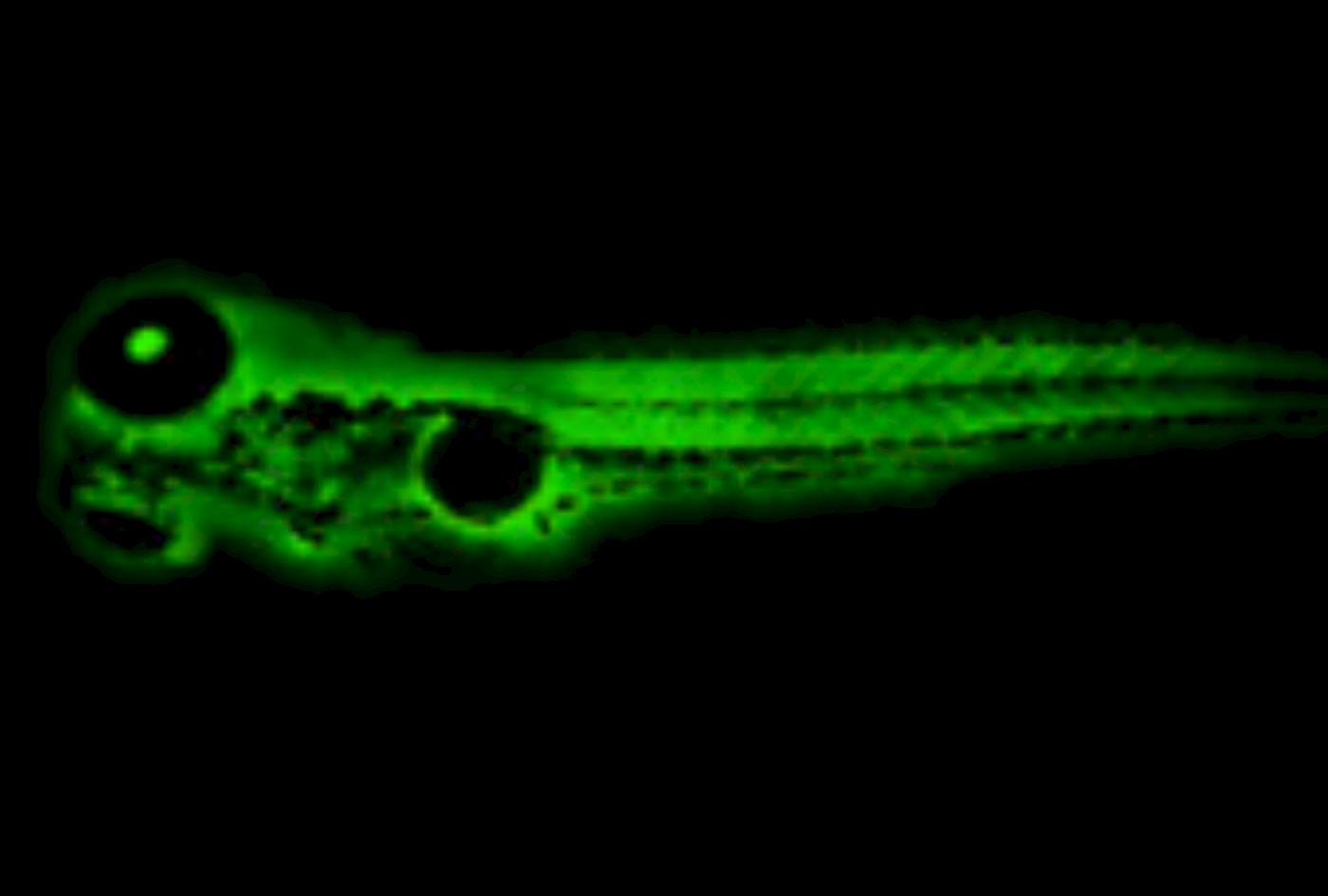26 March 2024
Unlocking Nature's Defences: Humic Acid and Clay Shield Zebrafish Larvae from Phthalate Toxicity

A study by a team of researchers from Ahmedabad University reveals that environment modulators, such as humic acid and clay, offer protective effects against mortality among zebrafish larvae. This protective mechanism occurs by binding humic acid and clay to phthalates, reducing their bioavailability, or enhancing detoxification mechanisms within the zebrafish larvae.
The study investigates the mitigating effects of humic acid and clay on toxicity induced by three different phthalates (DBP, DEP, and DEHP) in the growth of zebrafish larvae. Prolonged exposure to DBP resulted in an 87.33% reduction in mortality rate, which significantly dropped to 7.3% when DBP was co-administered with humic acid. Similar reductions in mortality were observed for the other two phthalates (DEP and DEHP).
The findings suggest that the decreased bioavailability of phthalates to larvae correlates with diminished toxicity, lower mortality rates, fewer malformations, improved organ development, and reduced oxidative stress among the larvae. Additionally, humic acid and clay play a protective role in promoting the normal growth of zebrafish, as evidenced by measurements of larval length and morphological scoring. This study underscores the potential of environment modulators as effective bioremediation agents against phthalate toxicity.
The research paper, titled "Mitigating Phthalate Toxicity: The Protective Role of Humic Acid and Clay in Zebrafish Larvae," authored by Abdulkhalik Mansuri, Charvi Trivedi, Aashi Parikh, and Professor Ashutosh Kumar, is published in the journal Chemosphere. The paper can be accessed here.



